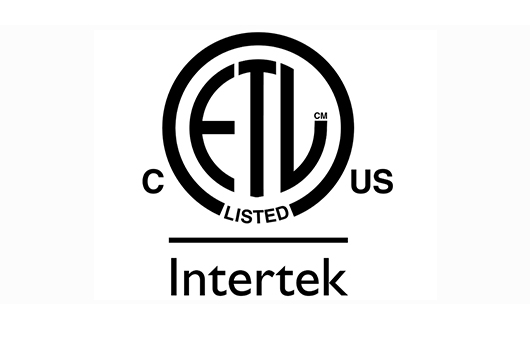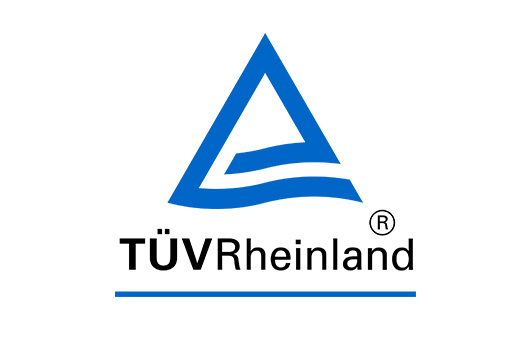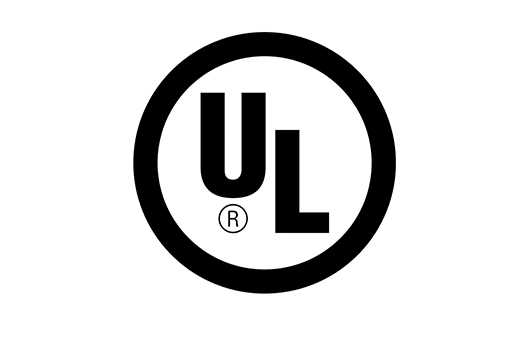What is the best light for outdoor photography?
What is the best light for outdoor photography?
The best light for outdoor photography is generally during the “golden hours,” which occur shortly after sunrise and just before sunset. Here’s why this lighting is preferred:
- Soft and Warm Light: During these times, the sunlight is diffused and has a warm, golden hue. This reduces harsh shadows and provides a flattering, natural glow to subjects.
- Directional Light: The low angle of the sun creates long shadows, adding depth and dimension to photos. This is especially beneficial for landscape photography, where the interplay of light and shadow can enhance the texture and details.
- Less Intense Light: Midday sun can be very harsh, creating strong shadows and highlights. The softer light during the golden hours is more forgiving and easier to work with.
- Vibrant Colors: The sky and surroundings often have richer colors during these times, making photos more vibrant and dynamic.
In addition to the golden hours, other considerations for outdoor photography lighting include:
- Overcast Days: Cloud cover acts as a natural diffuser, providing soft, even light that’s great for portraits and macro photography.
- Blue Hour: The period just before sunrise and after sunset, known as the blue hour, offers a unique, cool-toned light that can create a magical atmosphere, particularly for cityscapes and night photography.
Using reflectors or fill flash can also help manage shadows and balance the light during different times of the day.
What type of light is best for Outdoor Light For Photography?
Choosing the right type of light for outdoor photography is crucial for achieving the best results. Here are some types of light that are generally considered ideal for outdoor photography:
- Golden Hour Light:
- Time: The hour after sunrise and the hour before sunset.
- Characteristics: Soft, warm, and diffused light. Long shadows create depth and dimension.
- Blue Hour Light:
- Time: The period of twilight in the morning and evening when the sun is below the horizon.
- Characteristics: Soft, cool, and slightly diffuse light. Creates a moody and ethereal atmosphere.
- Overcast Light:
- Time: Anytime during the day when the sky is overcast.
- Characteristics: Diffused and even light. Reduces harsh shadows and highlights.
- Open Shade:
- Time: Anytime during the day.
- Characteristics: Soft and even light. Found under trees, buildings, or other objects that block direct sunlight.
- Reflectors and Diffusers:
- Use: To control and modify natural light.
- Reflectors: Bounce light back onto the subject to fill in shadows.
- Diffusers: Soften and spread out direct sunlight to reduce harshness.
- Artificial Light (if needed):
- Fill Flash: To fill in shadows during bright sunlight.
- LED Panels: Portable and adjustable light sources for consistent lighting.
- Portable Strobes: For powerful and controlled lighting in various conditions.
Each type of light has its unique qualities and can be used creatively depending on the desired effect and the subject being photographed.
How do you light outdoor photography?
Lighting outdoor photography effectively requires a blend of natural and artificial light, depending on the conditions and desired effect. Here are some key tips for lighting outdoor photography:
1. Use Natural Light
- Golden Hour: Shoot during the golden hours (shortly after sunrise and before sunset) for soft, warm light that enhances colors and creates long shadows.
- Blue Hour: The period just before sunrise and after sunset provides a cool, blue-toned light that’s great for moody shots.
- Overcast Days: Cloudy weather diffuses sunlight, reducing harsh shadows and creating even lighting.
2. Control Harsh Sunlight
- Shade: Position subjects in the shade to avoid harsh shadows and overexposure.
- Reflectors: Use reflectors to bounce sunlight back onto the subject, filling in shadows and adding catchlights to the eyes.
- Diffusers: Place diffusers between the sun and the subject to soften harsh sunlight.
3. Use Artificial Light
- Fill Flash: Use a flash to fill in shadows, especially in backlit situations.
- Off-Camera Flash: Use off-camera flash for more control over light direction and intensity. Softboxes or umbrellas can help diffuse the light.
- LED Lights: Portable LED panels can provide continuous light, which is useful for both photos and videos.
4. Balance Light Sources
- Color Temperature: Match the color temperature of your artificial lights to the natural light to avoid color casts.
- Exposure Settings: Adjust your camera settings (ISO, aperture, shutter speed) to properly expose for the ambient light while balancing the artificial light.
5. Use Natural Elements
- Reflections: Utilize surfaces like water or glass to reflect light creatively.
- Silhouettes: Position the subject against a bright background (e.g., the sky) to create silhouettes.
6. Plan and Scout Locations
- Pre-Visualize: Plan your shots and scout locations in advance to understand how the light interacts with the environment at different times of the day.
- Check Weather: Monitor weather forecasts to anticipate lighting conditions.
7. Post-Processing
- Adjustments: Use photo editing software to fine-tune exposure, contrast, and color balance.
- Blending: Blend multiple exposures to handle high dynamic range scenes.
By combining these techniques, you can achieve a well-lit and visually appealing outdoor photograph, regardless of the lighting conditions.
Do outdoor photography need lights?
Outdoor photography often benefits from natural light, which can provide beautiful, dynamic lighting conditions. However, additional lighting can be useful or even necessary in some situations, such as:
- Fill Light: To reduce harsh shadows, especially in bright sunlight, a fill light or reflector can help balance the exposure.
- Golden Hour: During the early morning or late afternoon, natural light is softer and warmer, but additional lighting can enhance subjects.
- Backlighting: When the subject is backlit, extra light may be needed to illuminate the front of the subject.
- Overcast Days: On cloudy days, lighting can be flat and diffused, so additional lighting can add depth and contrast.
- Night Photography: Artificial lights are necessary for night photography to illuminate subjects and create desired effects.
Using reflectors, diffusers, or external lights can help control and enhance natural light for better results in outdoor photography.
We have over 15 years of commercial lighting R&D experience, 50+ LED lights patents, 200+ LED Lights Certifications, Support OEM & ODM, 3/5 Years Warranty. Which can be widely used in commercial, industrial, residential, and other different occasions.Our factory has an experienced and skilled R&D team, dedicated to constantly innovate, improve product performance and quality. We also have a complete production line, from design, manufacturing to testing, every link goes through strict quality control, to ensure that each product can meet the needs and expectations of customers. We also provide comprehensive after-sales service, providing technical support and maintenance services to make customers' experience more smooth and satisfactory.BBIER® adheres to the principle of "quality first, customer first", and is committed to providing customers with high-quality products and services, becoming a trusted partner of customers. We will continue to innovate and improve, bring more value and contribution to customers.
50+ LED Lights Patents
200+ LED Lights Certifications
Support OEM & ODM

DLC

ETL

ISO

TUV

UL
Tel:
Email: info@bbier.com
Headquarter: No.4/F Bldg 5, 37 Kengwei Ave., Shiyan Town, Bao'an Dist., Shenzhen 518108, China
USA California Warehouse: 42410 Winchester Rd., Temecula, CA 92590





